Acrylic bathtubs are a popular choice because they are durable, but they are also prone to getting scratches. If you have an acrylic bathtub with a scratch, you might wonder how to remove it. Don't worry about that because we researched how, and this is what we found.
While acrylic bathtubs are susceptible to scratches, these are easily removable with a bit of elbow grease and patience. To remove the scratches, you will need to:
- Clean the scratched area.
- Use a mild abrasive product.
- Buff the scratches with wet sandpaper.
- Wipe the buffed areas.
- Apply metal polish on the areas.
It may take some effort to remove scratches off your acrylic bathtub, but if you follow the steps right, you can even regain its previous shine. Read on as we guide you through the process of removing scratches from your acrylic bathtub and more.
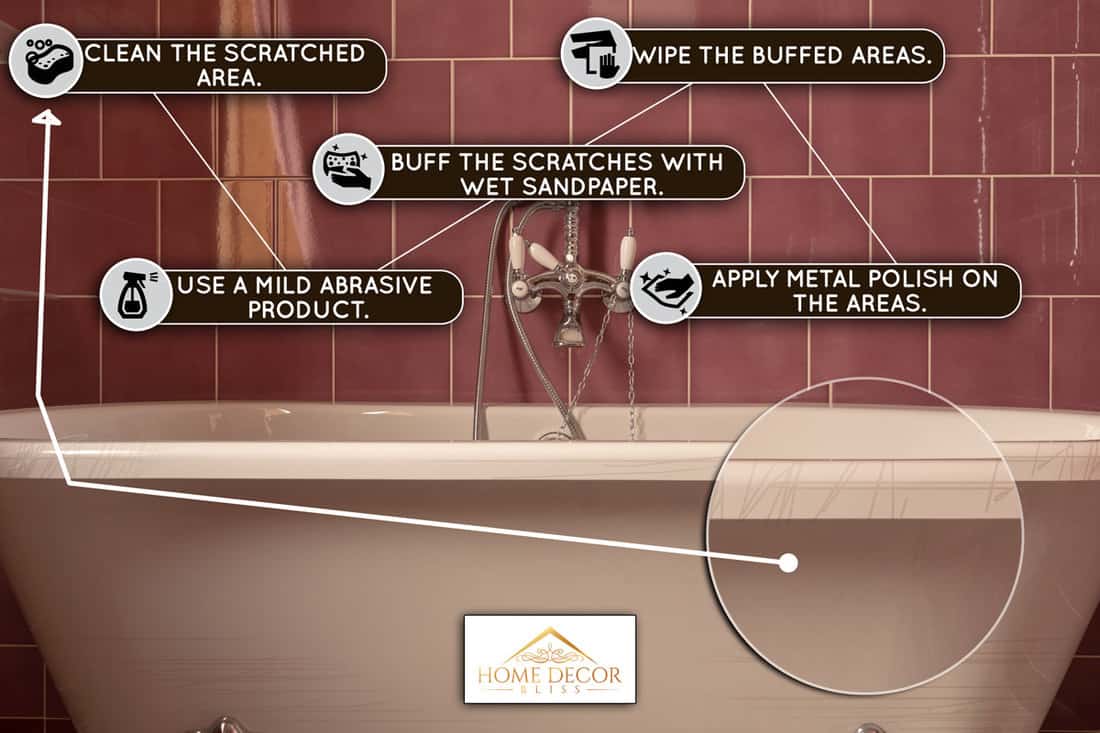
Removing Scratches From Your Acrylic Bathtub
We sometimes add affiliate links and content that was curated and created by our team with the help of advanced ai tools to help showcase the best design styles.
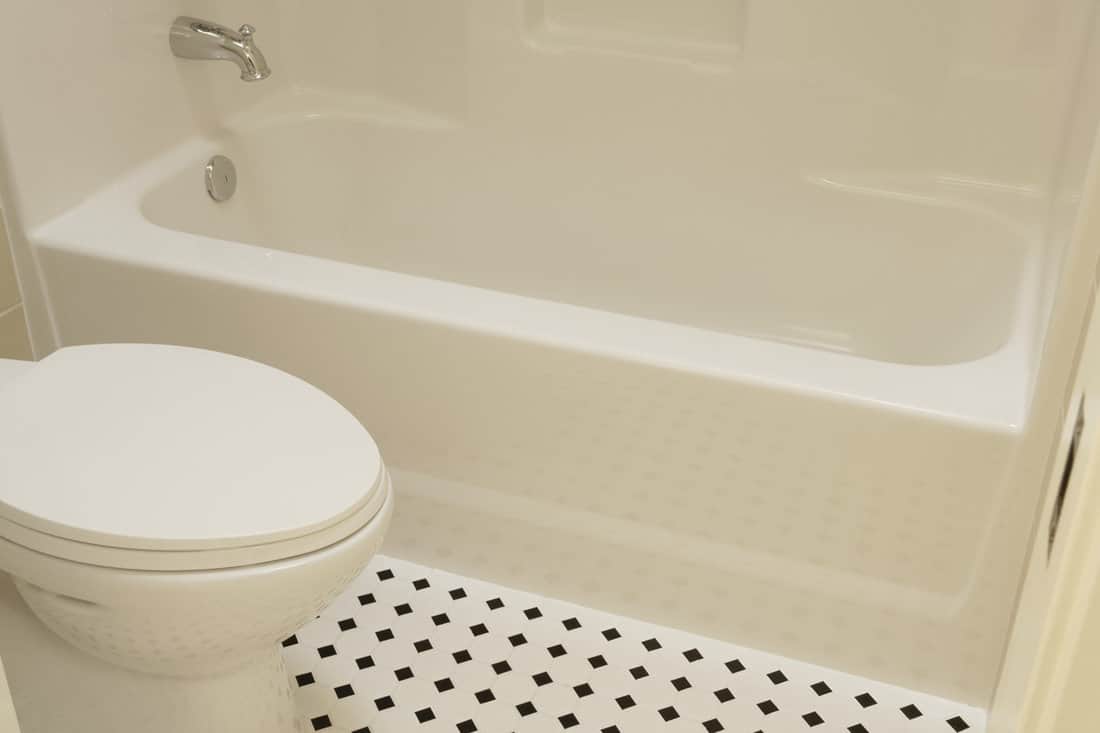
Made from acrylic sheets and has fiberglass reinforcement, the acrylic bathtub is one of the more common types of bathtubs on the market.
Although acrylic bathtubs are durable, cheap, and light, you'll find that the material can get scratches easily. Thankfully, it is also easy to remove scratches from bathtubs made of acrylic material.
Not all scratches can get smoothed out, especially if it is too deep of a scratch. However, it is still better to remove as much of it as you can to maintain your bathtub.
Before you start to remove the scratches from your acrylic bathtub, you will need to prepare a few things to help:
- Clean cotton cloths
- Dish soap or rubbing alcohol
- Toothpaste or baking soda
- 800-2,000-grit sandpaper
- Plastic or metal polishing
1. Clean The Scratched Area
The first thing you need to do is clean the scratched area as much as possible. To do this, use warm water and dish soap on a dry, clean cloth to rub it on the area.
You can also use rubbing alcohol for this. The point is to clear the area of any loose dirt or debris.
From there, you can test out how deep is the scratch on your acrylic bathtub by running your fingernails across it and seeing if it will snag. If your fingernail just runs across it with a little bump, those scratches are light and you can do a simple buff of the area.
A deeper scratch would cause your fingernail to hook onto the scratch, which also means that you'll need to do a lot more than just a simple buffing of the surface.
2. Use A Mild Abrasive Product
If you found that this scratch isn't that deep, you can try buffing the scratch with some toothpaste. It might sound strange to use toothpaste on your acrylic bathtub.
But it has an ingredient called silica which is an abrasive and can help polish the scratch. You will only need enough to cover the scratched area before buffing it with a dry, clean cloth.
Another way to go about this step is using a combination of equal parts water and baking soda. Mix this together until you get a thick paste that you can put on a dry cloth. Apply it to the scratched area by doing gentle circular motions.
Whichever option you choose, you will need to rinse the area with water and check if the scratch is no longer visible. The process might need to be repeated. If the scratch is deep, then you will have to skip to the next step.
3. Buff Scratches With A Wet Sandpaper
A scratch that is deeper will need more than just a mild abrasive to remove it. For this, you will need 800-grit sandpaper that was soaked in water for several minutes.
Soaking it in water will soften the roughness of your sandpaper, so you won't add any scratches to your acrylic bathtub when you use it.
After having it soaked for a few minutes, you can gently sand the scratched area in circular motions. Remember that you only need to sand off the scratch.
So, do not put too much pressure on the sandpaper when it is against the bathtub's surface. You will need to rinse the area and wet the sandpaper every now and then. Do this a couple of times as needed.
If the scratch is still there, you will need to use a finer grit of sandpaper. You can gradually go as high up as 2,000-grit sandpaper for this, depending on how persistent the scratch is.
Do the same process of wetting the sandpaper and sanding the area gently to smooth out the scratch.
Take a look at this 800-grit sandpaper on Amazon.
4. Wipe The Buffed Areas
Before going to this step, make sure that you have done all you can to smooth out the scratches on your acrylic bathtub without being too rough on its surface.
Once you are happy with the result, you will need to clean the surface of your acrylic bathtub again. You can do this by simply wiping it with a clean damp cloth to avoid any debris from adding a scratch on the surface.
5. Apply Plastic Or Metal Polish
After clearing the surface of your acrylic bathtub, you will notice that the areas you have buffed or sandpapered are now dull.
To bring it back to its original luster, or close to it at least, you will need to get your plastic or metal polishing and apply it to the areas you worked on.
Apply the polishing onto the surfaces that became dull from the buffing and wipe them in circular motions with a clean dry cloth. It may not finish as shiny as before from the first application, so repeat this process as needed.
Check out this plastic polish on Amazon.
Can A Magic Eraser Scratch An Acrylic Bathtub?
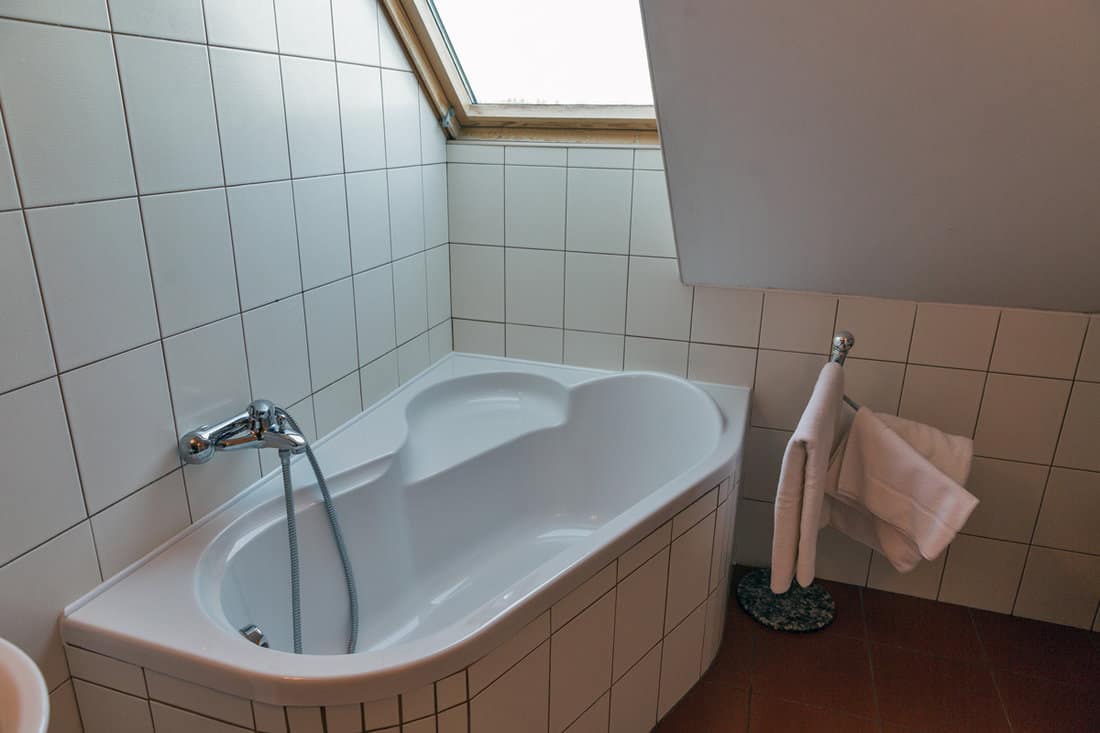
While using a mild abrasive like toothpaste or a baking soda solution can help buff out scratches, you should not use abrasive chemicals when cleaning your acrylic bathtub.
That being said, you can use a Magic Eraser to clean your acrylic bathtub. Just make sure to scrub lightly. For more information, read our article, Can You Use Magic Eraser On Acrylic Tub?
Using Toothpaste For Scratches - Does It Work?

You might've guessed by now, but yes, toothpaste does work on scratches. Toothpaste is a mild abrasive, so it can help even out light scratches on materials like your acrylic bathtub.
Keep in mind that not all toothpastes have the same amount of abrasiveness. So, first, check how abrasive the toothpaste is that you'll use.
If you're planning to use toothpaste, make sure to only use white toothpaste on the scratched area and rub lightly. Also, check whether the scratch isn't too deep to avoid wasting the product.
Other Kinds Of Bathtub Material - What To Know?
Apart from acrylic, there are other types of material that are used for bathtubs. Some are heavier, sturdier, or can retain heat more than others.
Since you will use your bathtub for a long while, it's good to know what other kinds of materials are used to make one. This way, you will know what is out there on the market besides acrylic, so you can pick out the best one for you and your home.
Porcelain
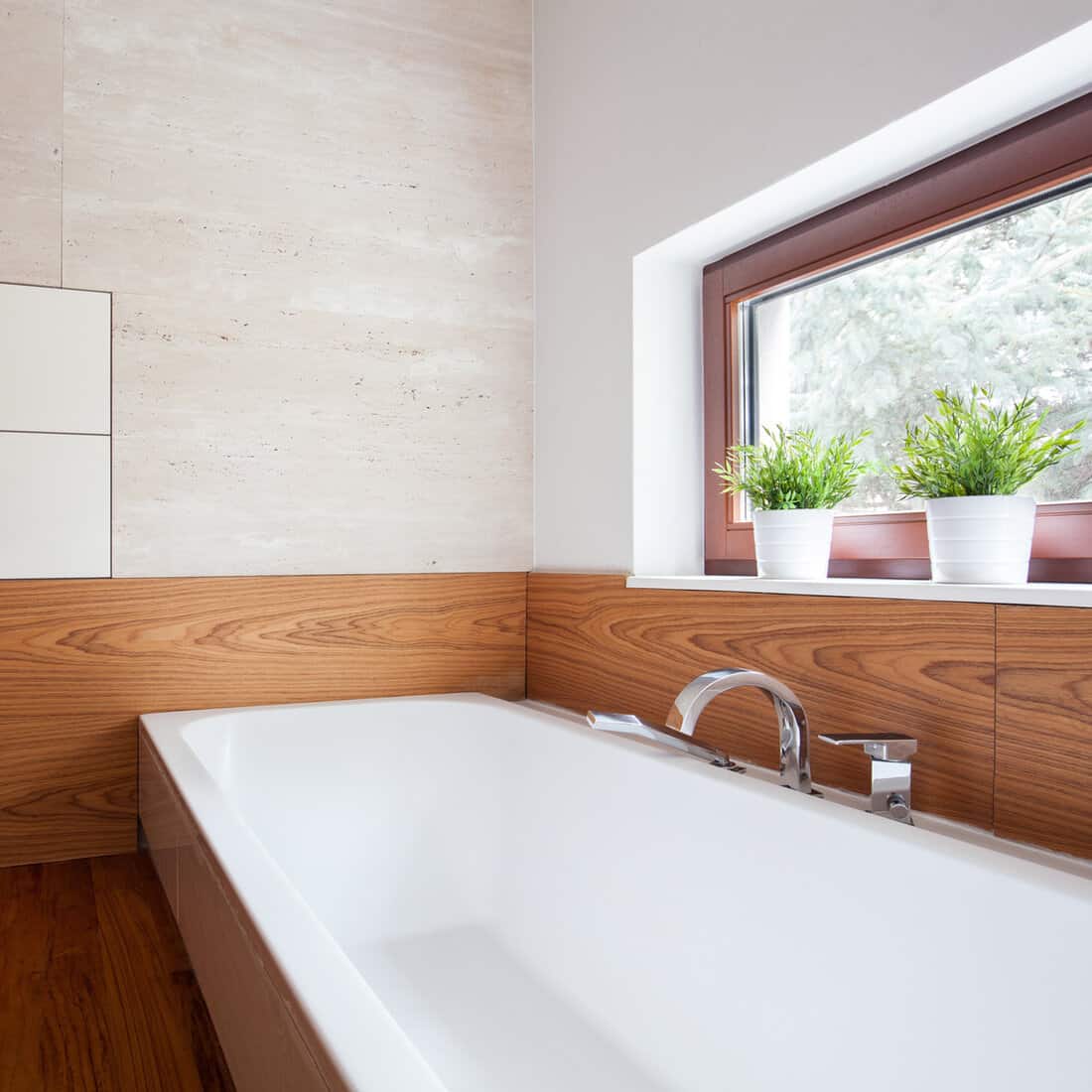
Much like acrylic, porcelain can be an inexpensive type of bathtub, which has steel sheeting underneath the porcelain finish. It is also fairly light, durable, and easy to clean.
However, it can easily chip, which may prove to be a hazard. It also does not sustain water heat well.
Fiberglass
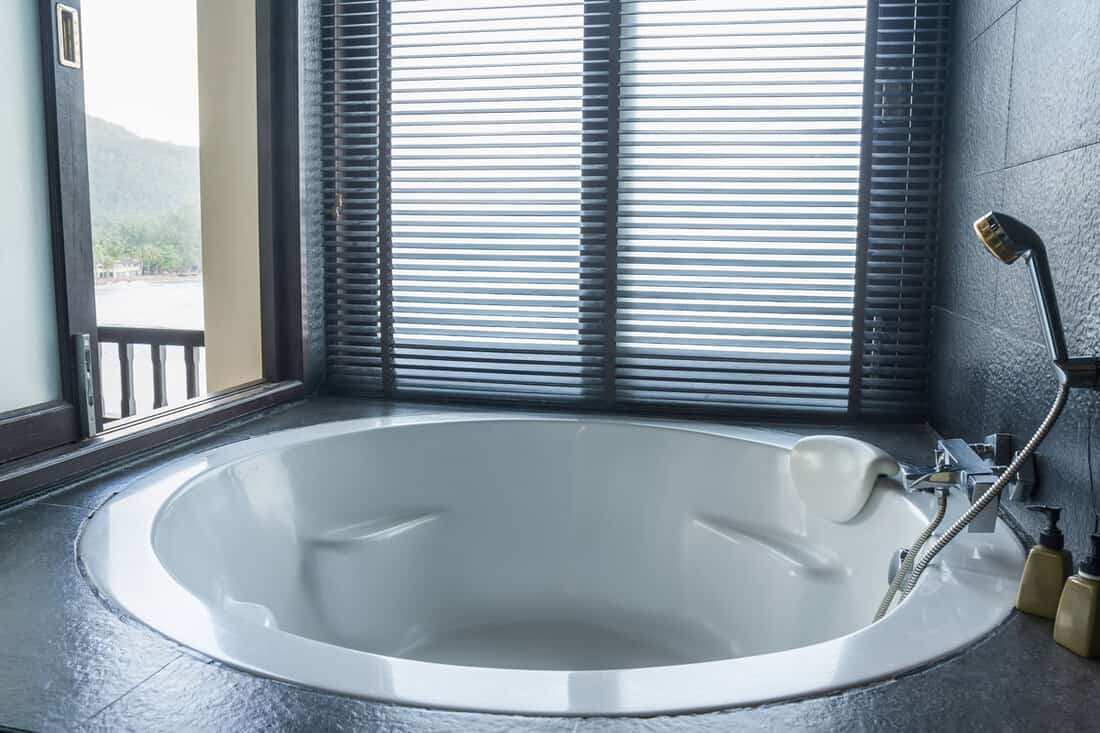
Another lightweight and inexpensive bathtub is fiberglass, which also consists of polyester resin and surface coat. This type of bathtub is easy to maintain, but it can easily chip and scratch.
Not to mention, it is not as durable as one that is acrylic. Besides having limited colors available, over time the finish of a fiberglass bathtub tends to fade.
Cast Iron
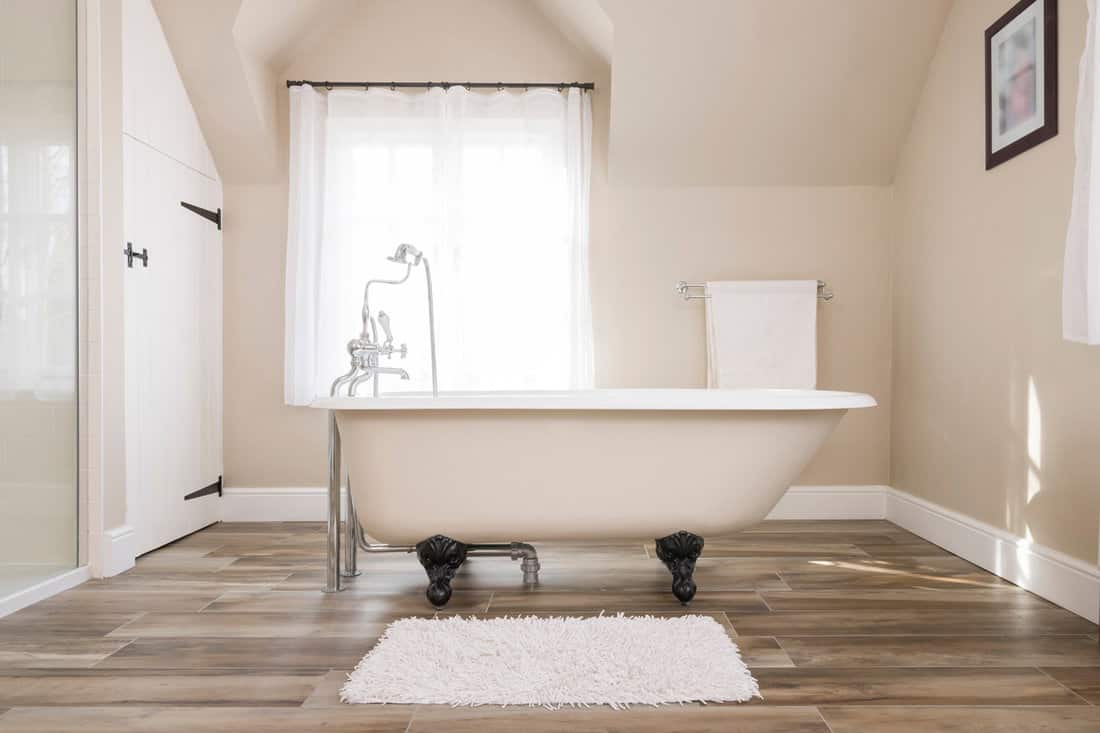
This type of bathtub material is the most durable on the list because it's made with iron and porcelain. Since it uses iron, it is also the heaviest type, which is the only downside of the cast iron bathtub.
Everything else about it, such as its durability, heat retention, and resistance to chipping or scratching, is top-notch.
Cast Polymer
Cast polymer is made with cultured marble, granite, or onyx, which is melded with materials like resin to create the bathtub. It has a gel coating finish, which, if it wears out, can lead to bathtub damage.
Other than that, the material can be brittle. However, it's easy to remove scratches and stains from this type of bathtub, and it's an affordable choice.
In Conclusion
It's easy to remove scratches from an acrylic bathtub with a little work and patience. Simply clean the scratched area and use a mild abrasive product for light scratches. If the scratches are deeper, you will need to buff the scratches with wet sandpaper.
Don't forget to wipe buffed areas properly before applying a plastic or metal polish to the surface. If the scratch remains, that means that the scratch is just too deep to remove, but you might as well lessen it as much as possible.
Before you go, check out these other articles as well:


